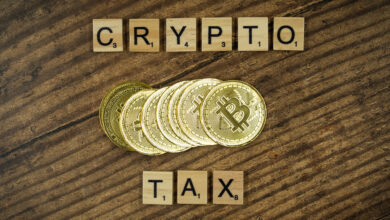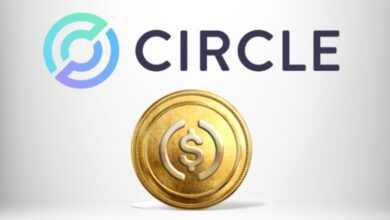Fujitsu Develops Blockchain-System for Peer to peer electricity exchange

Fujitsu Limited and Fujitsu Laboratories Ltd. are using Blockchain tor energy trading.
Demand response (DR) is a scheme in which electric utilities and consumers of electricity cooperate to control the amount of electricity used during periods of expected peak demand. An issue, however, is that the success rate for DR controls can be low, with consumers being unable to meet the amount of power savings requested by electric utilities.
Fujitsu has now devised a system in which electricity consumers can efficiently exchange among themselves the electricity surpluses they have produced through their own electricity generation or power savings. The company then applied blockchain, and with the cooperation of ENERES Co., Ltd., the system was used in a simulation using the actual data of electricity consumption. The result was an approximately 40% improvement to the DR success rate.
Improvement to the DR control success rate is expected to lead to more consumers participating in DR schemes.
The aggregator also distributes the remuneration to contributing consumers based on the amount of the power savings they achieved. However, consumers are sometimes unable to meet request from the aggregator, due to shortages in the electricity produced when they operate their own generator or due to sudden spikes in their energy consumption, so there are cases of consumers being unable to receive compensation.
At present, the aggregator interacts with individual consumers on a one-to-one basis to allot power savings amounts and to confirm whether the request can be acceptable for the consumer. For electricity consumers to achieve their power savings targets with a high probability, it can be expected that an exchange that allows a consumer who is short of meeting its targets to quickly exchange a portion of another consumer’s power savings amount would be effective. This approach, however, has yet to be applied to DR.
Fujitsu Laboratories has applied blockchain technologies it has developed to create a system of exchange in which electricity consumers who have contracted with an aggregator can exchange amounts of power saving among consumers.
This two phased electricity exchange technology (patent pending) is built on blockchain, which guarantees the transparency of recorded exchange transaction results. This enables the accurate distribution of remuneration based on the transaction results of finalized selling and buying-the amount of power savings. With this exchange system, even when the requested amount of power savings is difficult to achieved, a consumer can quickly purchase the surplus electricity of another consumer to supplement its own power savings goals, leading to more reliable achievement of the targets.





